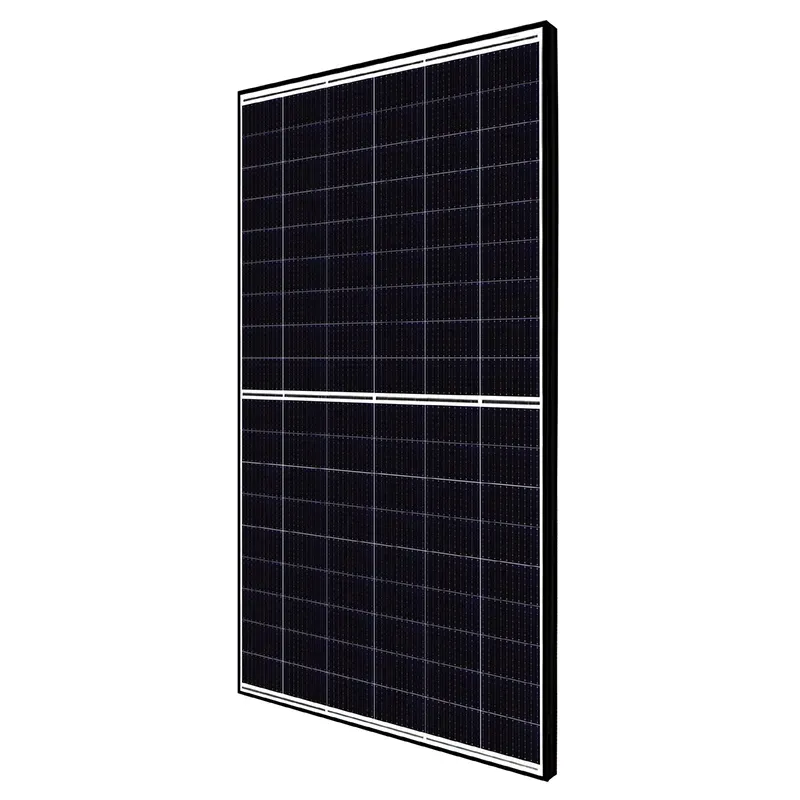solar panel dimensions
Understanding Solar Panel Dimensions A Key to Effective Energy Solutions
As the world increasingly turns to renewable energy sources, solar panels have become a prominent option for both residential and commercial energy needs. One important aspect to consider when selecting solar panels is their dimensions. The size of solar panels not only affects their efficiency but also their placement and overall energy output. In this article, we will explore the significance of solar panel dimensions and how they impact solar energy systems.
The Standard Sizes of Solar Panels
Solar panels come in various dimensions, but most residential solar panels typically measure around 65 inches by 39 inches, offering a surface area of about 17.6 square feet. This standard size usually yields around 250 to 400 watts of power, depending on the panel's efficiency. On the other hand, commercial solar panels may be larger, sometimes reaching dimensions of up to 78 inches by 39 inches, providing higher wattage output.
The size of the solar panel is largely influenced by the type of solar cells used within the panel. Monocrystalline and polycrystalline panels are the two most common types. Monocrystalline panels are generally more efficient and require less space for the same power output, while polycrystalline panels are larger and can produce energy at a lower cost, but they take up more area.
Importance of Dimensions in Solar Installations
solar panel dimensions

The dimensions of solar panels play a critical role in installation logistics. Homeowners and businesses must consider available roof space when selecting solar systems. Smaller roofs may necessitate the use of more efficient monocrystalline panels, while larger roofs might accommodate polycrystalline panels. Moreover, the orientation and tilt of the panels are influenced by their size, which can significantly impact the angle at which sunlight hits the solar cells, thereby affecting overall efficiency.
Another key factor is the spacing between panels. Adequate spacing helps prevent shading and allows for optimal airflow, which can enhance the panels’ performance and longevity. Adequately sized dimensions ensure that the panels can be arranged in a way that maximizes sunlight exposure throughout the day.
Custom Solutions for Unique Spaces
For properties with unusual roof shapes or limited space, customized solar panel dimensions may be necessary. Some manufacturers offer solar panels in non-standard sizes, allowing for tailored solutions that meet specific spatial constraints. These custom panels can be an excellent choice, as they maximize energy production without compromising available space.
Conclusion
In summary, understanding solar panel dimensions is vital for anyone considering solar energy solutions. The size of the panels influences not only the efficiency and output but also the overall design and feasibility of the installation. By carefully assessing the dimensions of available spaces, homeowners and businesses can make informed decisions, ensuring optimal energy production and investment returns. As technology continues to advance, solar panel options will likely become even more versatile, further enhancing their adaptability to various environments. Embracing solar energy is not just about choosing the right panels; it's about integrating them smartly into our living and working spaces.
-
String Solar Inverter: The High-Efficiency Solution for Smart Solar EnergyNewsJul.14,2025
-
Revolutionizing Rooftop Energy with the Power of the Micro Solar InverterNewsJul.14,2025
-
Power Independence with Smart Off Grid Solar Inverter SolutionsNewsJul.14,2025
-
On Grid Solar Inverter: Powering the Future with Smart Grid IntegrationNewsJul.14,2025
-
Monocrystalline Solar Panels: High-Efficiency Power for the Future of Clean EnergyNewsJul.14,2025
-
Bifacial Solar Panel: A Smarter Investment for Next-Generation Energy SystemsNewsJul.14,2025







